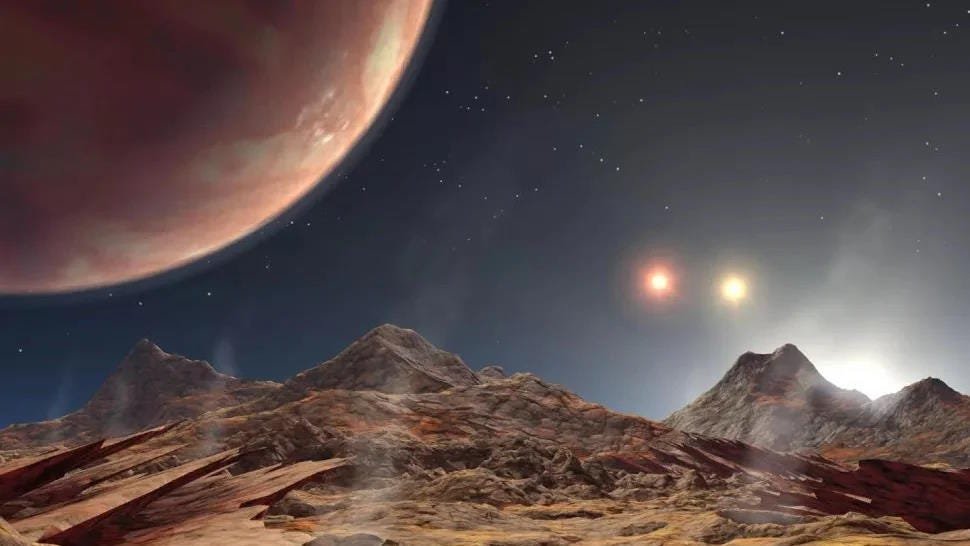Due to chaos, it was long thought that planets couldn’t stably orbit systems containing three stars. GW Orionis is the first counterexample.
How many stars can a planet successfully orbit before gravitational interactions compel it to be ejected? For a long time, we had only our own Solar System to look to for actual data, as we were the only star we knew of with planets around it at all. It wasn’t until the 1990s that we found planets orbiting other star systems. Even though stars come in singlets, binaries, trinaries, and even greater numbers of multi-star systems, we’d only ever found stars orbiting one — or, at most, two — stars. Even in systems with three or more stars, planets had only been found orbiting one or two of the stars at once, with the other star(s) always orbiting much farther out: at distances where they wouldn’t affect the inner planets’ stabilities.
Why was the case? There were two main ideas that held sway for decades. One idea was that planets can orbit stars either closely, in which case their orbits are dominated by one central star (or a tight binary star) that supplies their gravity, or far away, as long as they’re far enough so that however many stars there are behave like a single mass. According to…

